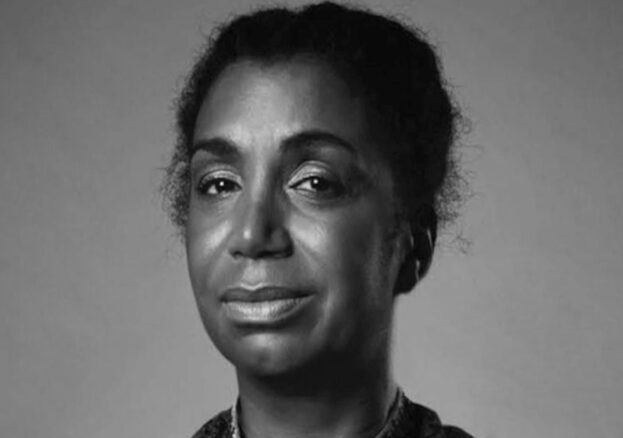
Mary Prince was born in 1788 in Brackish Pond, Bermuda, into the brutal system of slavery. The vivid chronicles of her experiences would later be published as “The History of Mary Prince, A West Indian Slave,” the first account of a black woman’s life to be published in the United Kingdom, which would play a crucial role in galvanizing the abolitionist movement.
Early Life
From the onset, the circumstances of Prince’s life were marked by hardship. She was torn from her family at a young age, being sold several times to different slaveholders. Throughout her early years, she experienced the harrowing reality of slave life – forced labour, severe physical punishment, and emotional torment. The longing for her family, especially her mother, was a recurring theme in her narrative.
Struggles and Tortures
Throughout her life as an enslaved woman, Mary was subjected to intense physical and psychological suffering. She labored in salt ponds in Turks Island, where the saltwater severely affected her rheumatic limbs. She endured sadistic treatment from her mistresses, especially one named Mrs. Wood, who frequently whipped and mistreated her.
Seeking Freedom
Despite the adversities, Prince was determined to gain her freedom. She married a free black man named Daniel James in 1826, hoping this union might grant her liberty. However, her owner, Mr. Wood, refused to let her go, even when her husband offered to buy her freedom.
In 1828, Mr. Wood moved to London, bringing Prince with him. England’s environment offered a contrast to her past experiences. Slavery was not legally permitted on English soil, leading Prince to believe she was free. However, Mr. Wood refused to emancipate her, leading her to seek help from the Anti-Slavery Society.
Publication and Legacy
With the assistance of the Anti-Slavery Society and Susanna Strickland, who transcribed her account, Prince’s life story was published in 1831. Her graphic descriptions of the abuses of slavery shed light on the institution’s inhumanity, revealing the dark underbelly of the British Empire’s economic prosperity.
The narrative met with both acclaim and controversy. Abolitionists saw it as undeniable proof of the brutalities of the transatlantic slave trade, while slave owners and their proponents tried to discredit Prince and her account. Despite the backlash, Prince’s narrative stood firm, serving as both personal testimony and a broader indictment against the institution of slavery.
Her account was more than just a narrative; it was a revolutionary act. By sharing her story, Prince defied the oppressive system and gave a voice to countless others who couldn’t speak for themselves. The legacy of “The History of Mary Prince, A West Indian Slave” continues as the narrative is studied and revered by scholars, historians, and anyone interested in understanding the depths of human resilience and the pursuit of freedom.
Later Life
After the publication of her story, Mary Prince’s whereabouts and subsequent life events remain a bit of a mystery. Historical records suggest she might have worked in various households in England and continued advocating against slavery. Her exact date of death is also uncertain.
Mary Prince’s life is a testament to the indomitable spirit of those subjugated under the brutal system of slavery. Her narrative, both deeply personal and historically significant, offers invaluable insights into the lived experiences of enslaved individuals in the West Indies during the 18th and 19th centuries. Through her words, Prince continues to inspire generations, reminding them of the enduring human spirit and the importance of fighting for justice and equality.
